How to Outsource Computer Vision Labeling Right
Over the last two years, the amount of data used on the internet hit 64 zetabytes, or around a trillion gigabytes. Considering this, it’s easy for data to get lost. Therefore, it’s so important to label data correctly.
The process of data labeling involves identifying or specifying raw data and adding informative labels or tags to them to provide context. The tags are designed to represent different object classes associated with the data.
When images are labeled, the process is called image labeling. This type of data labeling focuses on identifying specific details in an image.
But why is data labeling and image labeling so important? The technique is used to make data more recognizable and understandable specifically for machine learning (ML) and artificial intelligence (AI) models. It is crucial for the development of ML and AI fields such as video face recognition and, more broadly, computer vision.
Computer vision is a domain of artificial intelligence (AI) that allows computers and other systems to get meaningful information from all types of digital images. It is all about pattern recognition. To train a computer to understand visual data better, you have to feed it millions of different images that have been labeled. Through software techniques and algorithms, computers can identify images and deliver them when required.
This brief video may shed light on the origins of the computer vision industry. By understanding where this field comes from, we can gain deeper insights into its importance in today’s technology landscape and why meticulous labeling is essential.
Although the abilities of the human eyes are beyond extraordinary, modern computer vision labeling is working very hard to catch up. Examples of where computer vision data has been used include Google Translate, Facebook 3D photo, and Faceapp.
Different Types of Computer Vision Labeling
Here are a few of the most common ways computer vision annotation systems label images:
Image Classification
Algorithms for image classification receive images as input and can automatically categorize them into one of several different labels or classes. An example of such an algorithm is to organize images of fruit into labels like “apples”, “banana”, or “orange”. Sometimes, the same image can have multiple labels.
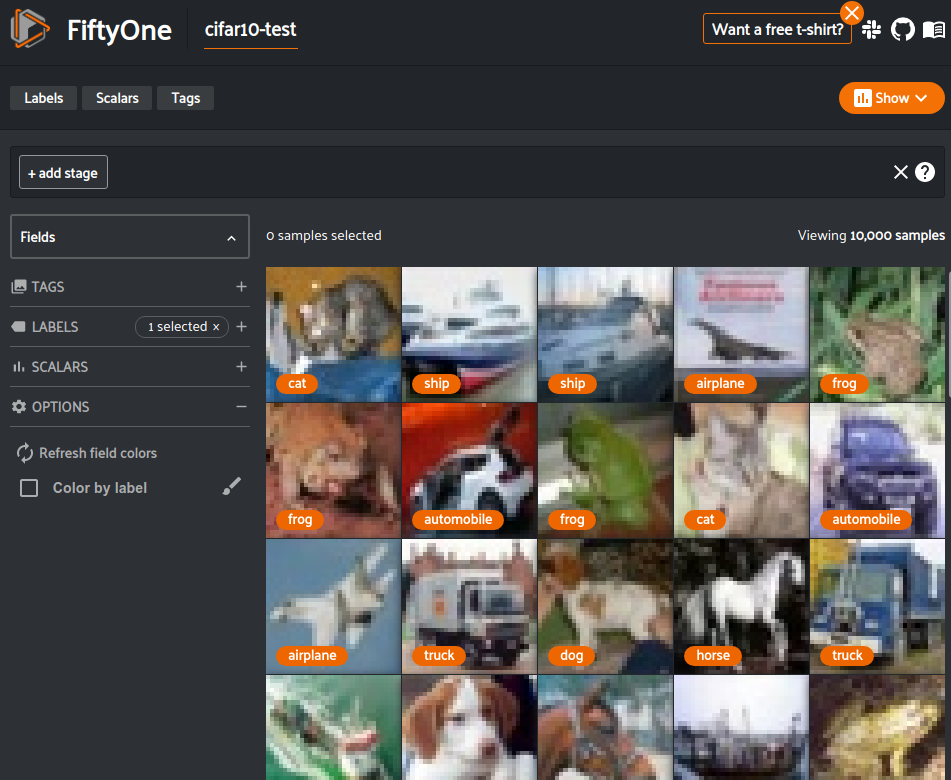
Object Detection
Object detection algorithms involve detecting objects in images and their location in the image frames. The locations of objects are generally defined using what is called bounding boxes. These boxes are the smallest rectangles that contain the entire objects in the image. Bounding boxes’ coordinates and their labels are normally stored in JSON files.
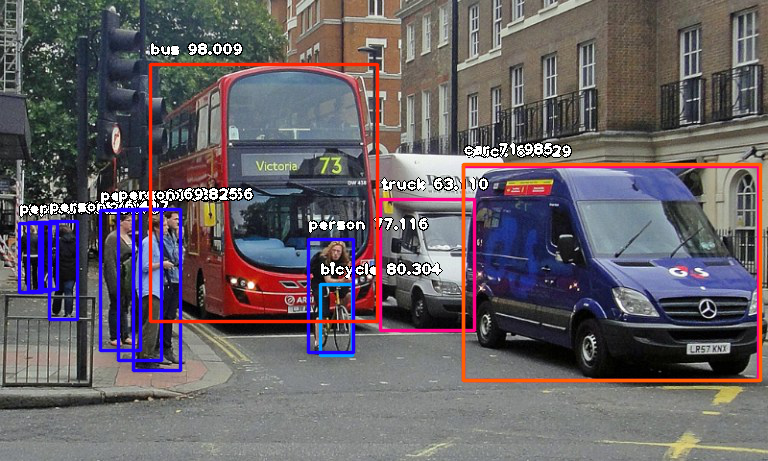
Pose Estimation
Pose estimation algorithms are tasked with specifying the pose of humans in images. It endeavors to identify different key points in the human body and employ them to identify the poses of persons in images.
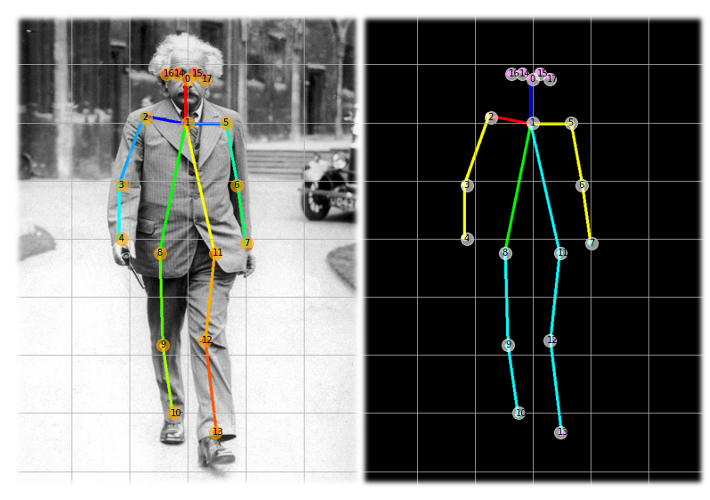
Semantic Segmentation
Through semantic segmentation, computer vision algorithms separate objects in images from other objects or the background. This usually involves developing a pixel map of the images, with every pixel holding a value of one if it fits the applicable object, or zero if it does not. If there are numerous objects in the same image, generally the process is to assemble multiple pixel objects, so that there is one for each object, and join them channel-wise.
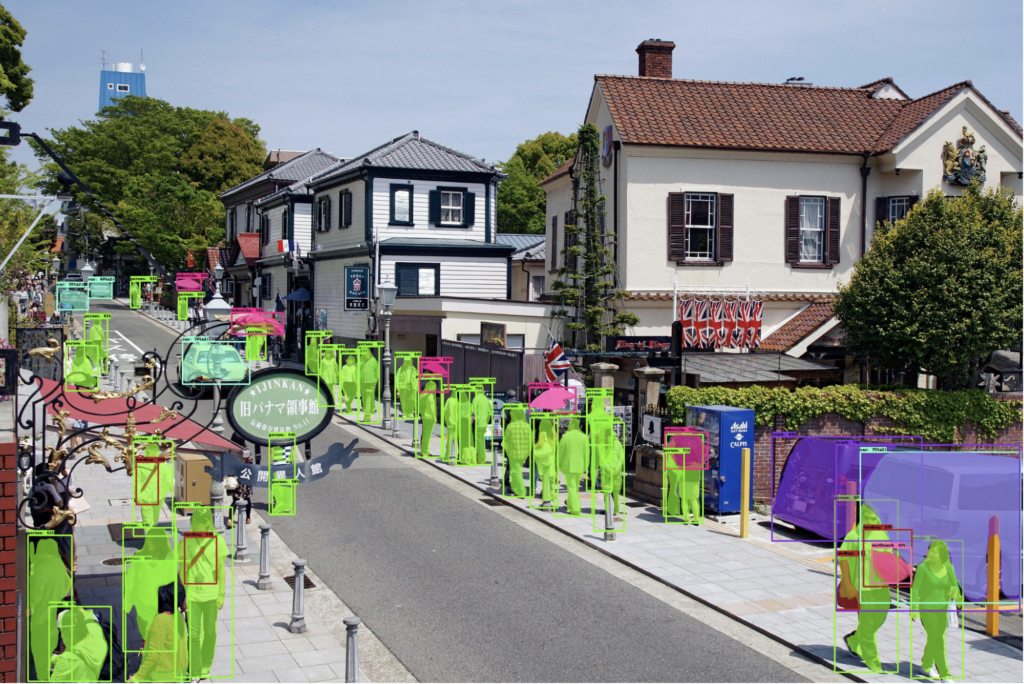
An Overview of the Top Annotation Techniques
Data annotation is the human-led task of labeling content such as audio, text images and video. Generally, there are four types of data annotation techniques: Segmentation, categorization, mapping and sequencing. Let’s explore:
-
- Segmentation
Segmentation labeling involves data being broken into segments. This technique can be used for a variety of different types of data. Specifically, with image data, segmentation specifies which pixels in images belong to specific objects or object classes. For example, in a medical scan, segmentation might separately label different organs.
-
- Categorization
Categorization is a technique where each item in a dataset is categorized under particular labels. These labels can either be multi-class labels or binary options. For binary options, the labels might note, for example, whether or not an image contains a flower or not. An image containing a flower would have one label, while an image not containing a flower would have another. An example of a multi-class option may note whether an image contains a sunflower, rose or daisy. Categorization may also involve taxonomy hierarchies. This is where each piece of data is connected to numerous labels of increasing specificity. For example, if a piece of data is labeled with whether it represents a flower or not, it could additionally be labeled with the type of flower and perhaps even its color and shape.
-
- Mapping
Mapping is a technique that sets up labels that accurately map a piece of data to another. The technique is most common for language-to-language translation. This is when one word in a language is mapped to a word that is similar in another language.
-
- Sequencing
Sequencing is a labeling technique used in a series of data that describes the progression of items. This technique is particularly common when making use of time series modeling to forecast future events. For example, a series of portraits may be labeled with the time when they were taken and used to predict future portraits. Sequencing can be applied to any type of data that has a normal beginning and end.
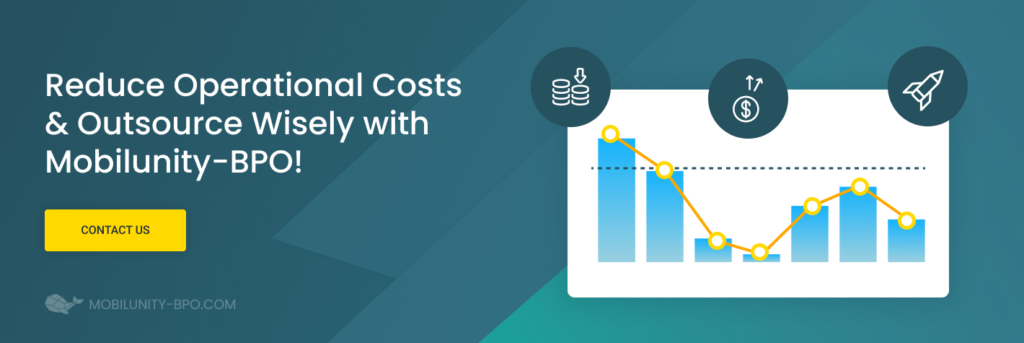
Top 5 Labeling Tools Used in Computer Vision Data
There is a range of effective computer vision image annotation tools businesses can use in computer vision. Some of the most popular include:
-
- Hasty.ai
This is not a free open-source computer vision annotation tool, however, it is very convenient for data labeling due to its available AI assistants that make object detection and segmentation possible. Automatic support enables you to greatly speed up the data annotation process.
-
- Labelbox
This is a powerful computer vision labeling tool that can be used to label a large variety of images for segmentation, object detection and classification. Also, the tool allows for text data to be annotated specifically for Natural Language Processing tasks.
-
- Labelme
This python-based open-source unsupervised computer vision tool can be used for annotating images manually for segmentation, object detection and classification, that could be useful for ai video annotation service providers.
-
- labelImg
labelImg is one of the most popular open-source computer vision annotation tools. It is suitable for object detection and localization tasks. With this tool, you can also save and load annotations in three popular annotation formats: YOLO, PASCAL VOC and CreateML.
-
- CVAT
CVAT is an open-source tool for labeling images and videos for annotation computer vision tasks such as segmentation, object detection and classification. The CVAT computer vision annotation tool has a wide set of features. In particular, it lets you save labels in around 15 different formats.
How to Outsource Data Labeling and Choose the Right Provider
The process of data labeling is an important part of any business with an online presence. However, it can be a time-consuming task. This is why many businesses choose to outsource their data labeling processes.

But it is important to choose the right partner when outsourcing an essential task such as data labeling. You want to make sure they cover all your needs in an affordable and timely manner. Choosing the right provider involves the following key steps:
-
- Determining your needs and schedule
Firstly, you want to determine why you need data annotation computer vision services and how much time you have available for the data labeling process. This will help you to find a partner that suits your requirements and deadlines.
-
- Identifying your type of data and file formats
Different outsourcing companies specialize in labeling different data types such as images, video labeling, text, etc. Therefore, it is better to choose a provider that has experience in working with the type of data your business is creating. So if you are interested in video labeling, you will look for a specialist who will be the best in providing outsource video annotation services. You also want to make sure the provider you choose uses the same file formatting as your company.
-
- Determining the quality of service
It is essential to check whether a specific vendor’s data labeling and annotation deep learning accuracy is matching your company’s needs or not.
-
- Checking data security
It is recommended to compare the security certificates of data labeling for computer vision providers. Data security is a highly sensitive issue and can cost your company a lot if the correct security processes are not in place.
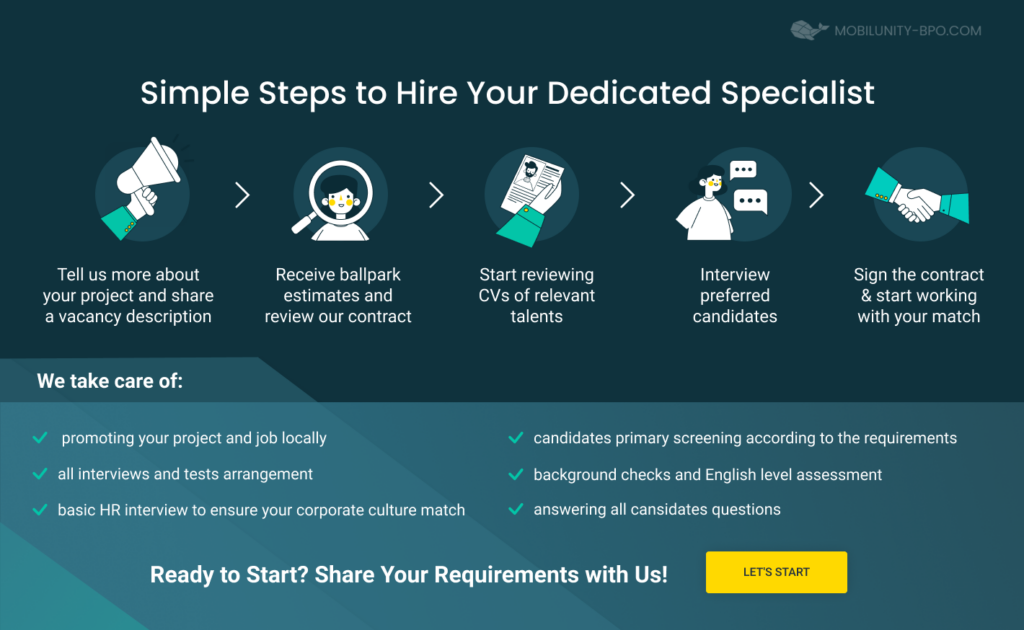
Mobilunity-BPO: a Reliable Provider of Data Annotation Services for Computer Vision
Mobilunity-BPO is a Ukrainian-based outsourcing company offering data labeling professionals to take care of a variety of labeling, annotation and computer vision unsupervised learning tasks. With over 10 years of experience, Mobilunity-BPO.com has access to a large pool of talent that can work with a variety of businesses, big and small.
With our outsourcing services, you can hire a dedicated labeler for ongoing projects or opt for a managed service that frees up more time for you and your team. Dedicated labelers are more suited for long-term projects, whereas a managed service is ideal for hiring a team of part-time labelers, working on your short-term projects simultaneously.
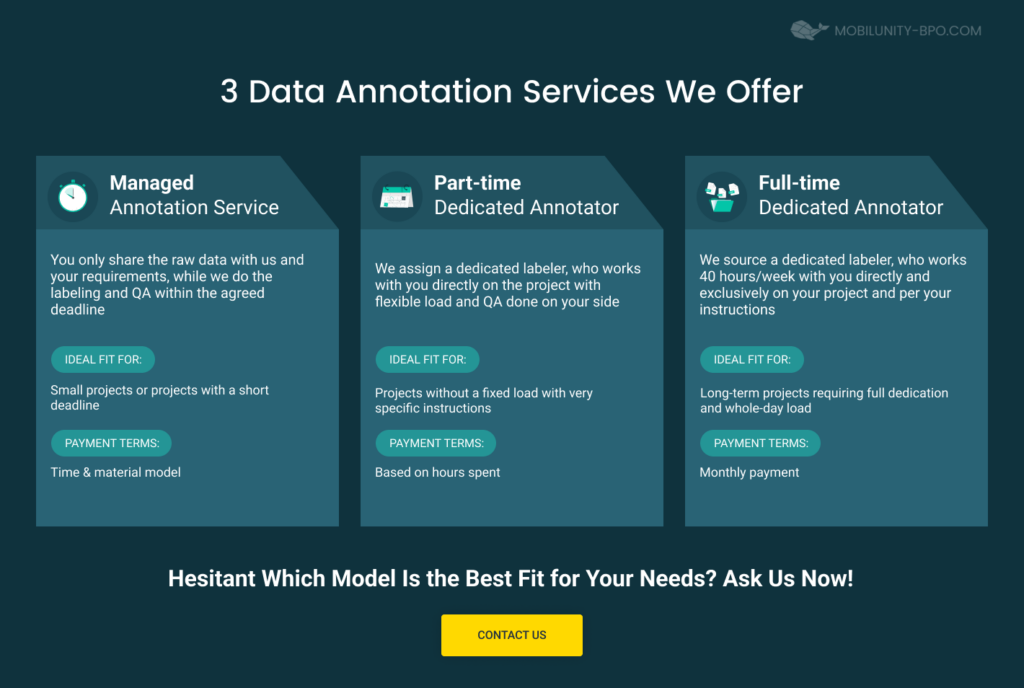
Through the years, Mobilunity-BPO has become a preferred vendor for many businesses around the world and in a variety of industries, including communication, big data, online media and more. Businesses choose us because our process is so simple but so effective:
-
- We determine our clients’ exact needs
-
- We source the right candidates
-
- We assist with the onboarding process
-
- We ensure ongoing project success